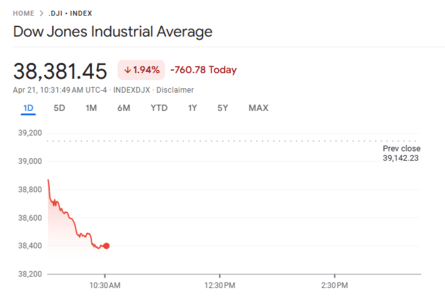Courts, States and the NLRB Clash Over Remedies and Jurisdiction
Three recent legal developments this October have deepened uncertainty over who decides labor disputes and what remedies are available, with contrasting federal appeals court rulings and a high stakes challenge to California law. The outcomes matter to employers, unions and workers because they shape enforcement power, potential damages and whether states may encroach on federal labor jurisdiction.
Listen to Article
Click play to generate audio

A spate of federal court decisions and a novel constitutional showdown between Washington and Sacramento have produced a turbulent landscape for American labor law this month, complicating enforcement and raising the prospect of Supreme Court review.
In a Ninth Circuit panel decision, the court upheld a National Labor Relations Board finding that North American Foothills Apartments violated the National Labor Relations Act, rejecting the company’s constitutional challenge to the Board’s structure. The ruling preserves the Board’s ability to press enforcement in that circuit even when respondents argue that the Board’s composition undermines its authority. For workers and unions in the Ninth Circuit the decision reduces the immediacy of structural objections as a defense to unfair labor practice allegations, while employers continue to press constitutional theories in other forums.
By contrast, the Fifth Circuit took the opposite tack on remedies. In a decision tied to Hiran Management, Inc., the court rejected a 2023 NLRB precedent known as Thryv which had authorized compensatory damages for foreseeable pecuniary harms caused by unfair labor practices. The Fifth Circuit’s ruling curtails the Board’s ability to award monetary compensation beyond traditional make whole remedies in that region, deepening a circuit split on whether and when compensatory awards are permissible. That split means an employee harmed by similar conduct could receive substantially different relief depending on where the case is litigated.
These divergent circuit decisions intensify long running tensions over national consistency in labor law. The Board’s ability to obtain enforcement and to craft remedies depends on the regional federal courts, and when those courts reach conflicting conclusions the likely result is a petition for Supreme Court review or a scramble for new rulemaking. Businesses that operate in multiple circuits face variable liability exposure, and unions that seek comprehensive relief for members must strategize around forum uncertainty.
Compounding the judicial drama, the NLRB has sued the state of California to block Assembly Bill 288, a law that expands the authority of the California Public Employment Relations Board to adjudicate matters traditionally overseen by the NLRB. The Board argues that AB 288 violates the National Labor Relations Act by infringing on the Board’s exclusive jurisdiction over private sector labor relations. The litigation raises federalism questions about the extent to which a large state may carve out parallel adjudicatory roles in areas of concentrated national interest.
Taken together these developments highlight a broader contest over control of labor standards and remedies. They pit Congress and federal administrative authority against state legislative experimentation and regional judicial interpretation. For employers, unions and workers the immediate effect is practical uncertainty about the availability of compensatory relief and where challenges to the Board’s authority will succeed. For policymakers and litigants the decisions point to an increasingly central role for the Supreme Court and for future legislation in resolving whether labor law protections and remedies will remain uniformly federal or become a patchwork across the country.


